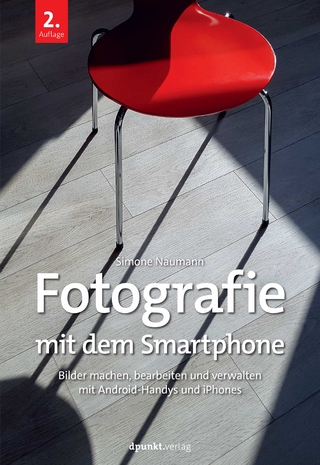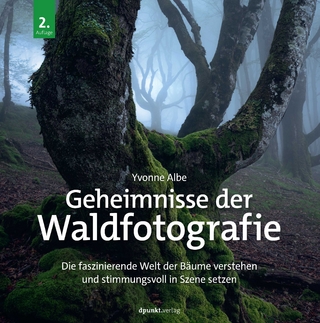
Photographing Historic Buildings
Seiten
2017
Historic England (Verlag)
978-1-84802-269-0 (ISBN)
Historic England (Verlag)
978-1-84802-269-0 (ISBN)
This book looks at what motivates us to take photographs and at some of the methods of using the camera to do so successfully. Illustrated throughout with examples of good and bad practice, this book sets out techniques and strategies in a simple and straightforward way for those who want to make their photographs of buildings truly effective.
This book looks at what motivates us to take photographs and at some of the methods of using the camera to do so successfully. It also examines some standards that should be applied to the photographs that we take of buildings to ensure that they will be useful documents in the record of the historic environment. Writing about photography tends to verge towards the technical, but the intention with this book is to ‘keep it simple’.
Light is what we work with, whether we make use of existing light sources or introduce our own; it is this which will most greatly influence our photographs and our understanding of what we have captured through the lens. Digital capture is a great liberator for the photographer, but this can lead to a scatter gun approach. This book brings a more thorough and measured approach to the process. Other factors such as viewpoint and technical settings on the camera will also play a vital part in the story we want to tell. Illustrated throughout with examples of good and bad practice, this book sets out techniques and strategies in a simple and straightforward way for those who want to make their photographs of buildings truly effective.
This book looks at what motivates us to take photographs and at some of the methods of using the camera to do so successfully. It also examines some standards that should be applied to the photographs that we take of buildings to ensure that they will be useful documents in the record of the historic environment. Writing about photography tends to verge towards the technical, but the intention with this book is to ‘keep it simple’.
Light is what we work with, whether we make use of existing light sources or introduce our own; it is this which will most greatly influence our photographs and our understanding of what we have captured through the lens. Digital capture is a great liberator for the photographer, but this can lead to a scatter gun approach. This book brings a more thorough and measured approach to the process. Other factors such as viewpoint and technical settings on the camera will also play a vital part in the story we want to tell. Illustrated throughout with examples of good and bad practice, this book sets out techniques and strategies in a simple and straightforward way for those who want to make their photographs of buildings truly effective.
Steve Cole was Head of Photography at English Heritage. He retired in March 2014, having worked for over forty years as a photographer in the cultural heritage sector.
1. Introduction
2. The practicalities of location photography
3. Composition considerations
4. Light
5. The subjects
6. Understanding photographic surveys
7. Post-productions
Glossary of photographic terms
Further reading
Web sources
| Erscheinungsdatum | 25.07.2017 |
|---|---|
| Zusatzinfo | 490 Illustrations |
| Verlagsort | Swindon |
| Sprache | englisch |
| Maße | 189 x 246 mm |
| Themenwelt | Kunst / Musik / Theater ► Fotokunst |
| Sachbuch/Ratgeber ► Freizeit / Hobby ► Fotografieren / Filmen | |
| Technik ► Architektur | |
| ISBN-10 | 1-84802-269-7 / 1848022697 |
| ISBN-13 | 978-1-84802-269-0 / 9781848022690 |
| Zustand | Neuware |
| Haben Sie eine Frage zum Produkt? |
Mehr entdecken
aus dem Bereich
aus dem Bereich
Bilder machen, bearbeiten und verwalten mit Android-Handys und …
Buch | Softcover (2023)
dpunkt (Verlag)
CHF 38,90
die faszinierende Welt der Bäume verstehen und stimmungsvoll in Szene …
Buch | Hardcover (2024)
dpunkt (Verlag)
CHF 51,65


